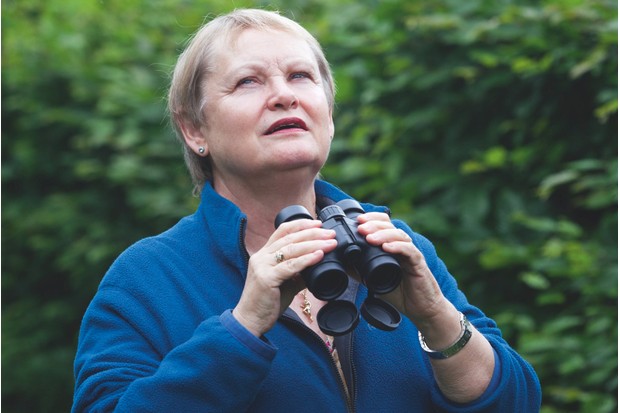Recent safety measures taken by the New York Parks Department on beaches south of Brooklyn and Queens have had unexpected consequences for local shorebirds.
In May this year the Parks authorities invested in a fleet of drones to survey the coastline, looking out for swimmers in difficulty and incoming sharks that could necessitate the closure of beaches.
Unfortunately, the metre-long humming machines appear to an American oystercatcher like giant predators threatening its chicks. Anxious parent birds dive-bomb the intruder in an attempt to warn it off their nest site.
“They will fly at it, they’ll swoop at it, they’ll be vocalising,” says Veronica Welsh, wildlife coordinator at the Parks Department. “They think they’re defending their chicks...”

To date there are no reports of birds being physically harmed by the drones, but officials say there have been several close calls, so flight plans have been adjusted to try to keep the drones at a distance.
Of even greater concern than collisions, though, is the chance these flying machines could provoke a stress response in the oystercatcher colony, causing the adults to abandon their eggs altogether.
The American oystercatcher is of high conservation concern. There are two races of oystercatcher in North America: an eastern that lives along the Atlantic coast and a western along the Pacific.
The eastern population was thriving until the beginning of the 19th century when the birds fell victim to market hunting and egg collecting. They were saved by the 1918 Migratory Bird Treaty Act and numbers began to rise, but now habitat loss due to coastal development and disturbance by human activity – drones being the latest hazard – has seen numbers dropping sharply.

Angry American oystercatchers are not the only birds to find drones unacceptable. The same beach habitats are shared with many species of terns and a particularly rare bird called the piping plover. Its sandy nest sites are closely monitored by volunteers from the New York City Plover Project. The Project’s founder, Christopher Allieri, says the city’s novel approach to beachgoers’ safety is commendable but precautions must be taken to safeguard local shorebirds.
“Wildlife in New York is often an afterthought,” he says. “We should be asking ourselves how we can use this technology in a way that works for all New Yorkers, and that includes those with feathers.”

More amazing wildlife stories
